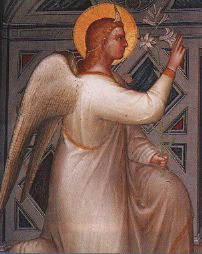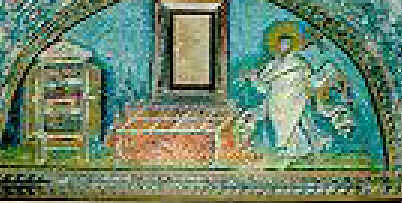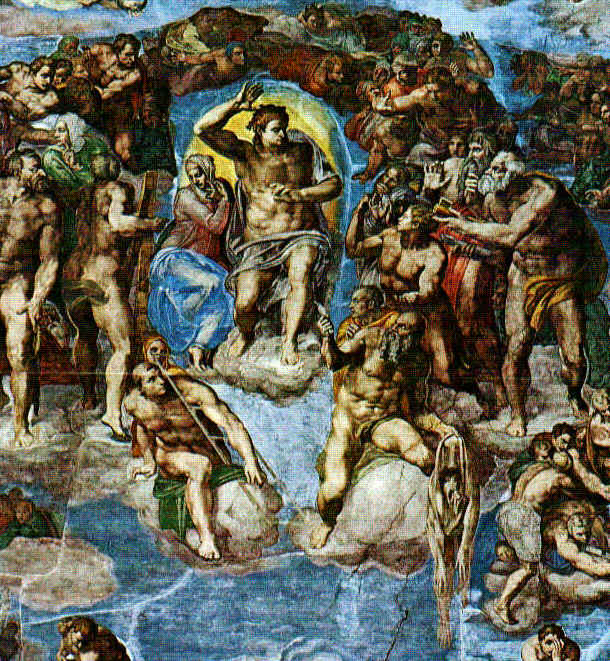
|
When facing death, medieval society in
1348 looked to the Church, just as they did to medics, for rituals of comfort. Fearing
contagion, burials became hasty affairs. By law, no one other than immediate family could
accompany the body to the cemetery and many city governments forbid the ringing of parish
church bells, believing it would discourage the sick and dying multitudes.
In past
centuries, death was embraced as a sister and friend, a welcome bridge to eternal rest. A
priest would administer the Sacrament of Extreme unction to help prepare the traveler for
his journey. Those left behind held ornate funeral procession and saw their loved ones
buried in consecrated ground.
Some
eyewitnesses were disillusioned with the clergy. “Priests and friars went to see the
rich in great multitudes and were paid such high prices that they all got rich.”
Reports the Florentine Chronicler. Some priests even refused to set foot inside the houses
of the sick, neglecting the cries of their flock. However, several accounts show that many
friars, priests and nuns gave their lives in faithful ecclesiastical service. Some
perished administering the sacrament in the same room as their patients.
Overall, the
1348 plague revealed the Church’s human side and left such a traumatic impression on
minds of the people that it influenced Martin Luther’s Reformation movement in the
1500’s.
Now, death
was a ravishing monster, an enemy to be feared. How the disease tortured and humiliated
the human body was no secret. How to escape the plague remained unknown.
Saints
Healing was
an alluring promise of many saints venerated during the plague epidemics. As a result,
saints became part of the iconography of the plague.
St.
Sebastian, who died around 300 AD, became a Roman soldier under Emperor Diecletian, who
was unaware of Sebastian’s beliefs. Sebastian was known for spreading the Gospel
message throughout Rome and helping keep his fellow soldiers strong in the Christian
faith. Discovering Sebastian was a Christian, the Emperor had him tied, pierced with
arrows, and left for dead.
As legend
holds, a widow nursed Sebastian back to health. He lived only long enough to confront
Emperor Diecletian about his cruelty to Christians. Because of his outspoken act, the
ruler had him beaten to death. Sebastian began to be venerated around 1400 in Milan, and
he is considered patron saint of archers, athletes, soldiers, as well as a protector from
the plague. The flying arrows have since become a symbol of the plague. Sebastian’s
wounds resemble plague boils.
|



